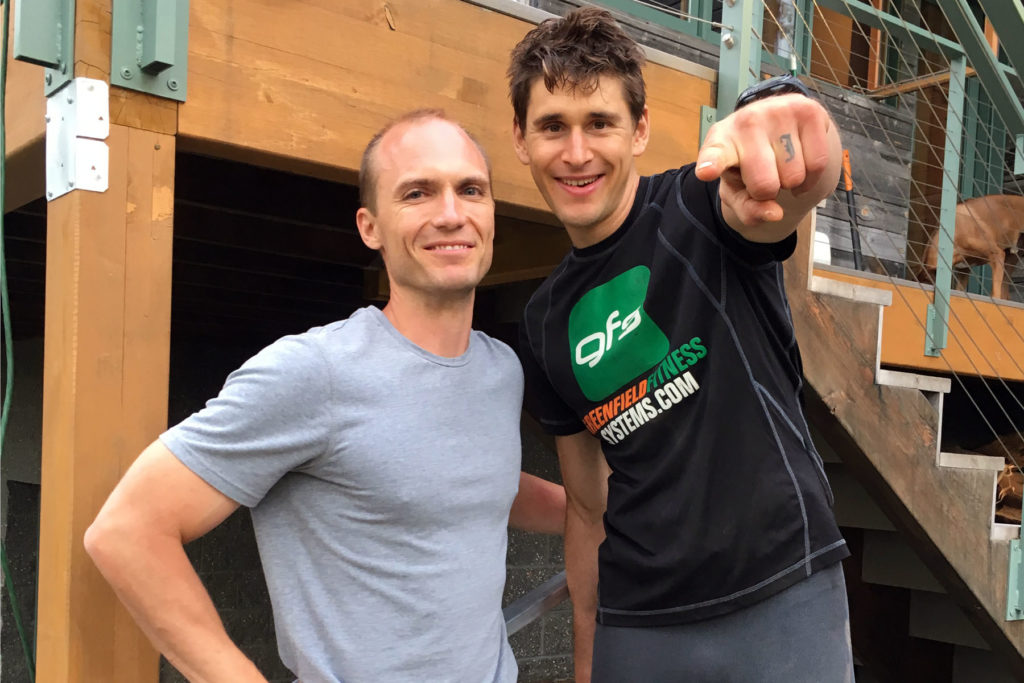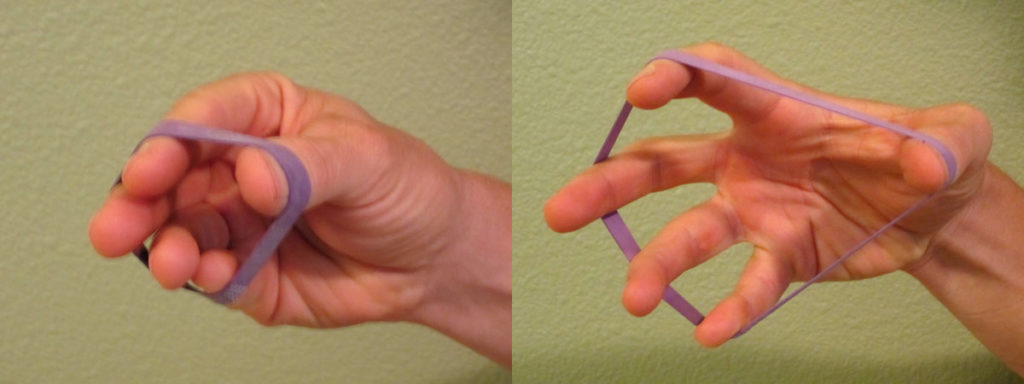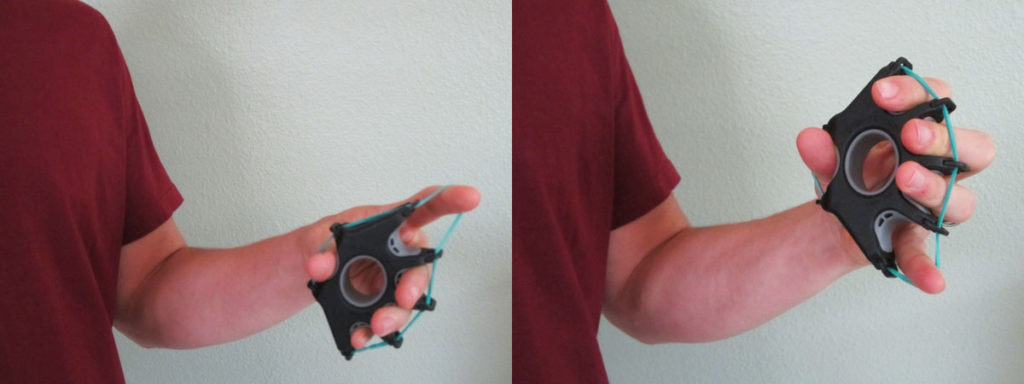I recently spent time training with Ben Greenfield, a renowned triathlete, obstacle course racer, health guru, author, and Internet health celebrity. He organized an eight hour obstacle course race training program recently in Spokane, Washington. Participants trained together and were taught the best practices to compete at a higher level in the sport of obstacle course racing.

The interesting thing about obstacle course racing is the diversity found within the sport. There are athletes who compete at the highest level and capacity as well as those who are just beginners. If you are a beginner, a coach can help to insure that your improvement is not hampered by poor training techniques that will ultimately lead to injury. If you perform at an elite level, a coach can help fine tune your training and get you on the winner’s podium.
Regardless of your fitness level, a good coach can help you take your training to the next level. The following five strategies that I learned from Greenfield will help me to both train and compete at a higher level.
5 Strategies to Train Smarter for your next Obstacle Course Race (OCR):
1. Improve your grip strength.
Proper grip strength is important when competing in an OCR. In most cases, the number one reason to fail or not complete an obstacle is due to poor grip strength. Easy exercises to train grip strength include: dead lifts, pull ups, and farmers carries. Greenfield recommends hanging from a pull up bar for time as a way to judge your fitness while gaining strength and endurance in your grip.
He also highly recommends working on wrist and finger extension strength. In my physical therapy practice, I have concluded that it’s critical for clients to keep the appropriate balance between wrist flexors and wrist and finger extensors strength to lessen the risk of certain wrist and elbow overuse injuries (such as tennis elbow or golfer’s elbow).
Your grip strength will improve more rapidly as your wrist and hand muscles find their optimal length tension relationship (which allows for maximum strength production). Like Greenfield, I often recommend using a thick rubber band as a way to improve finger extension strength (as demonstrated below). Work on extending each finger equally when performing two sets of 10-15 repetitions multiple times per week.

If you want to be more precise and have the ability to exercise one finger at a time, try a device such as the CanDo® Digi-Extend® Hand Exerciser. This is an excellent tool to improve finger extension strength. It allows you to work the fingers in multiple ways including individually for rehabilitation purposes and as an important hack to improve overall grip strength (as described above). It also allows for customization of resistance so you can track progress.

2. Work on your running.
Greenfield and I both agree that obstacle course races are still primarily a running event. You run, perform an obstacle, and run some more. In order to better prepare for any OCR event, a good portion of your running should contain a heavy dose of trail running with a focus on hills. For further information, please refer to Are Obstacle Course Race (OCR) Athletes Finally Getting It?
3. Implement High Intensity Training (HIT) or High Intensity Interval Training (HIIT) into your exercise routine.
Research continues to develop in support of the importance of High Intensity Interval Training (HIIT) for athletes. The ability to perform short bursts of high intensity activities has a significant positive effect on many of the body’s major systems. HIIT is a superior approach to increase cardiovascular fitness and improve hormonal regulation. When performed properly, one to three HIIT style workouts per week will be sufficient to see improvements.
CrossFit workouts are often an effective and relevant form of high intensity training (HIT). It’s an excellent method to train your legs and body to handle the hilly and variable terrain. The constantly varying movements and exercises performed in CrossFit can help you prepare for the varying types of obstacles.
4. Use sport specific training.
This is a concept that is often confusing. Every athlete needs to spend time training. Training is performing an activity, such as weight lifting, for the expressed purpose of making the body stronger.
The importance of sport specific training is different. This is training in your specific sport or activity with the expressed purpose of improving that activity. Training for a runner may also include very specific running drills designed to work on specific components of running.
In order to improve in the sport of obstacle course racing, you need to practice performing the different obstacles such as the following:
- Picking up heavy objects and carrying them either in front or sometimes on your shoulders
- Pulling sleds
- Scaling walls
- Swinging and climbing along monkey bars
- Rope climbing
- Crawling in mud
This training would be separate from your actual running training. However, you would combine both performing the obstacles with running as sport specific training. The take home message from training with Greenfield is that if you want to improve, then you will need to practice. There is nothing better than having a coach who is an expert at the sport.
5. Learn how to recover properly.
The eight hour obstacle course race training program was a long time for me to stay active and exercise. Just like any hard work out or race, it’s important to implement proper recovery strategies. When possible, avoid traveling a long distance right after an event or race.
By implementing many of the following strategies outlined in 14 Tips and Strategies to Self-Treat Muscle Pain and Muscle Cramping & Spasms – Treatment Options, I was able to quickly return back to my training and preparation for my next event.
As with any exercise and activity, obstacle course racing is not without risk. With proper training and recovery strategies, a majority of the risks can be eliminated. If an injury occurs, it’s important to take care of it quickly to avoid worsening symptoms and prolonging your recovery. Please consult with your coach or physical therapist so you don’t lose time on your training.
Which strategy can you implement in order to take your obstacle course race training to the next level? Please share your comments below.
A special thank you to Ben Greenfield for sponsoring a fantastic event! I highly recommend that you check out his popular fitness, nutrition and wellness website BenGreenfieldFitness, which features blogs, podcasts, and product reviews.
If you have a question that you would like featured in an upcoming blog post, please comment below or submit your question to contact@thePhysicalTherapyAdvisor.com. Be sure to join our growing community on Facebook by liking The Physical Therapy Advisor!
